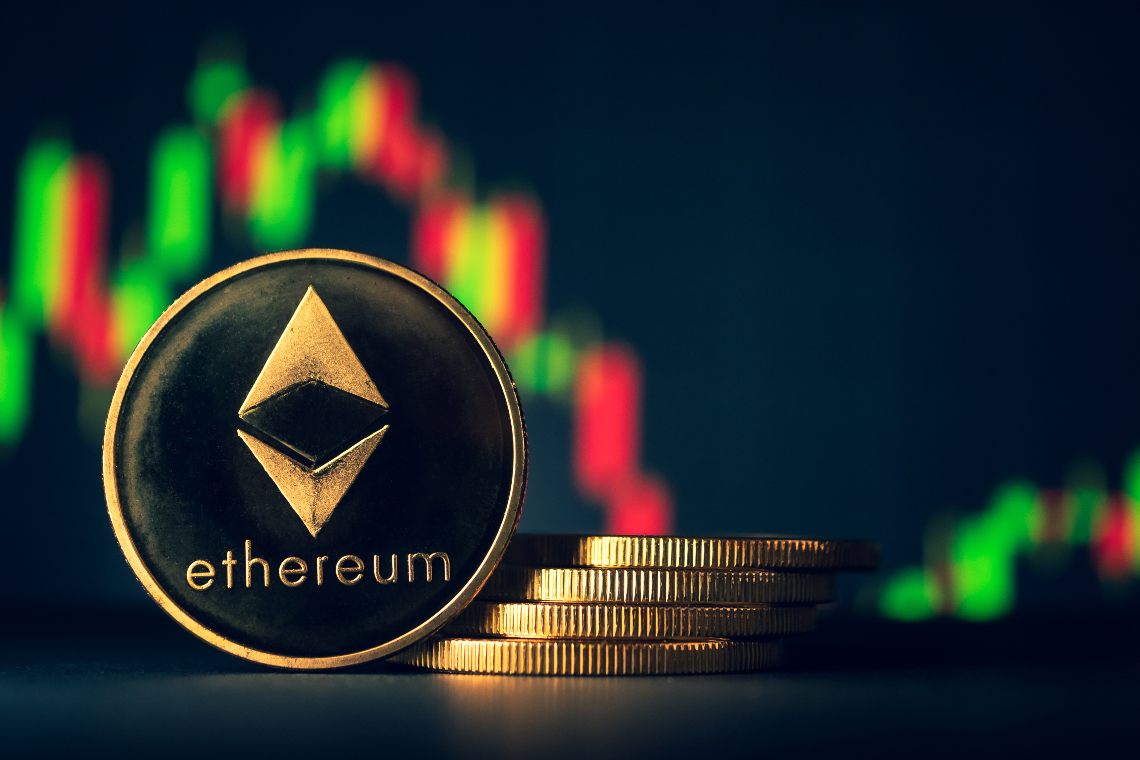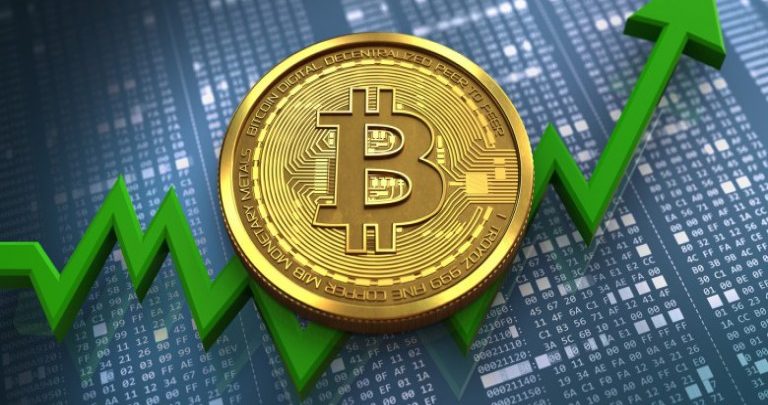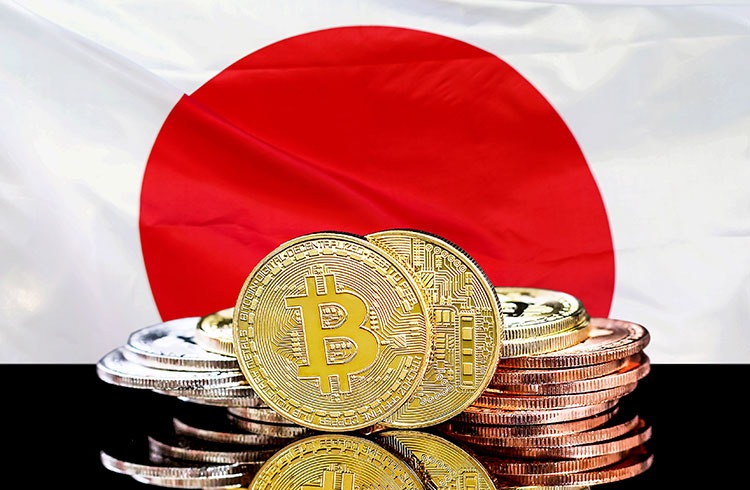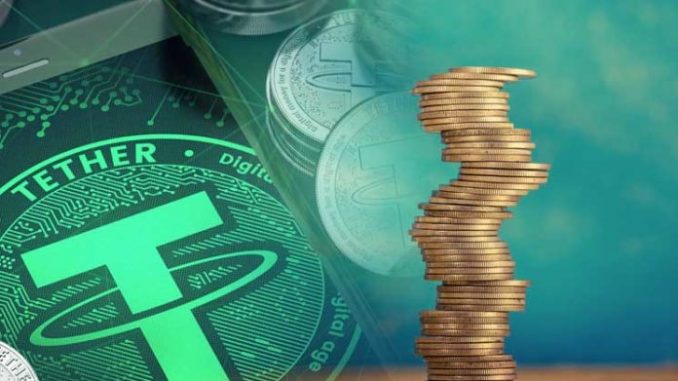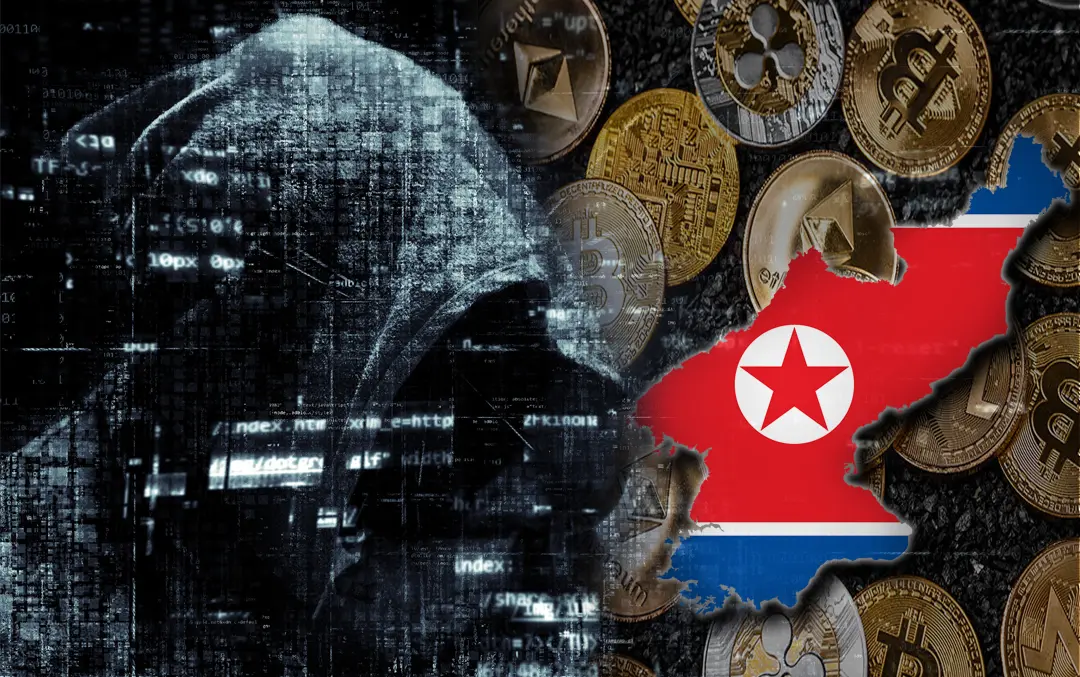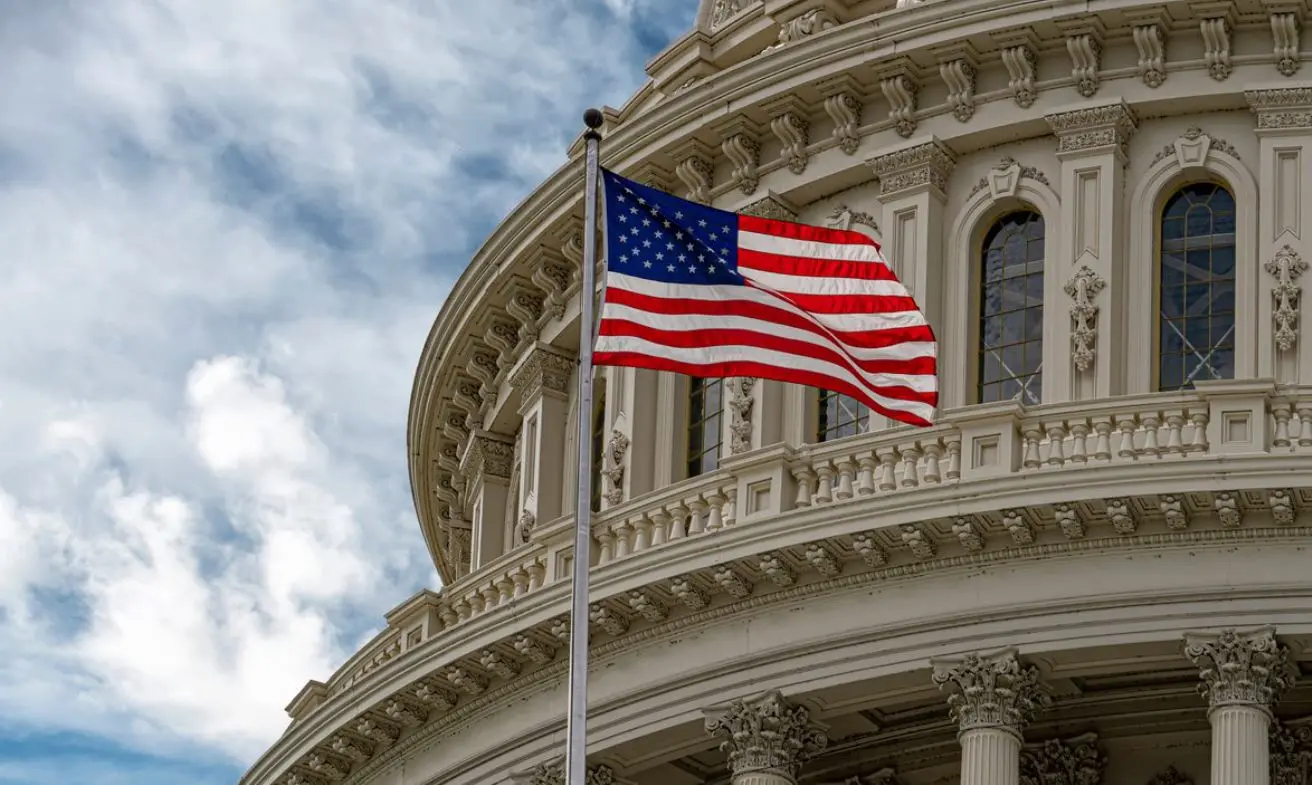What is a short squeeze?
A short squeeze occurs when assets, i.e. assets that were previously “sold short”, suddenly appreciate sharply in value. A short sale is, in turn, the sale of assets that the seller does not yet own. The hope of the short seller: the base value of the asset falls. In short: you bet on falling prices, you go “short”.
If, contrary to expectations, the share rises instead of falling, this puts the seller under pressure. She must buy back the asset at a higher rate to pay off her lending debt. The following applies: the higher the price rises, the higher the loss for those who (want to) go short. If this phenomenon occurs en masse, i.e. many investors want to close their positions, a short squeeze can occur.
What are the consequences of a short squeeze?
As the price rises, it becomes increasingly expensive for short-selling investors to close out their positions. When the price reaches a certain level, they have no choice but to buy back the assets to cut their losses.
But when many investors try to close their positions at the same time, this can cause the price to rise as the demand for the assets increases and the supply is limited.
How is the impact on the markets?
When a short squeeze occurs, it can set off a chain reaction. Then the fact that the investors who want to close their positions want to buy the affected assets leads to further increases in the price. In the market dynamics, this can in turn lead to other investors who are attracted by the rising prices jumping on the bandwagon, buying the asset in question and driving the price even further up.
Crypto exchanges with the lowest fees 2023





